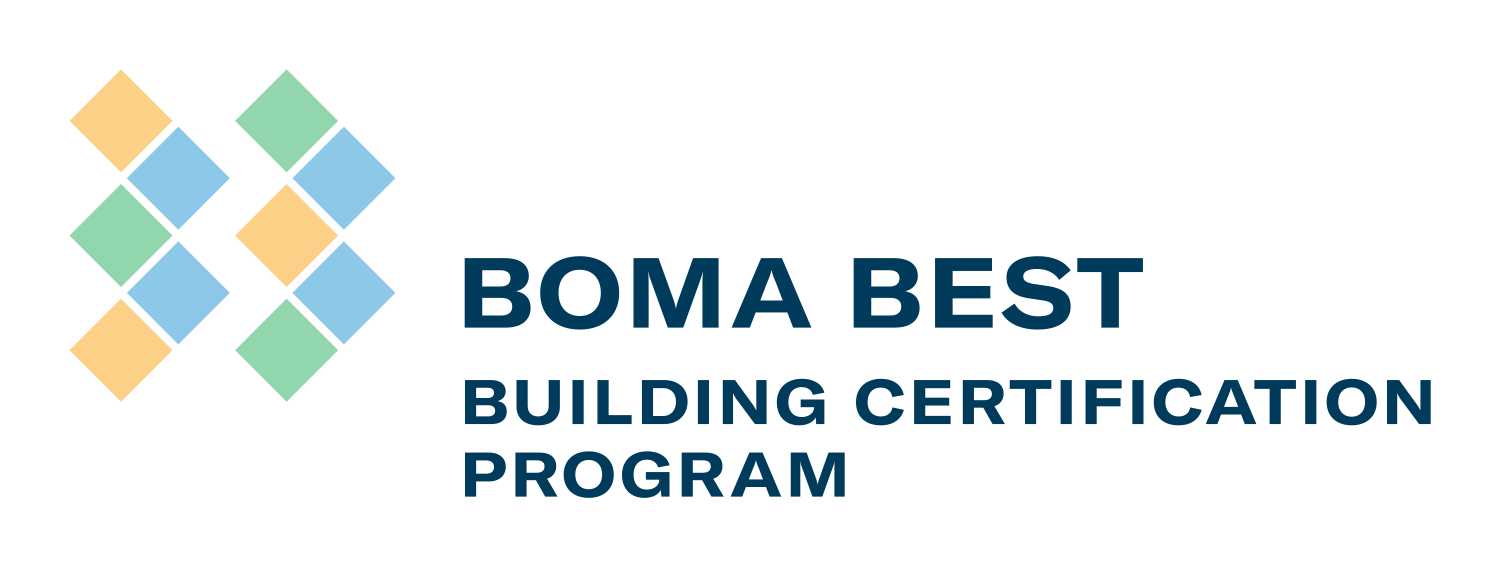As climate uncertainty and market expectations evolve, commercial real estate (CRE) owners are faced with a universal question: is investing in building resilience worth the cost? Unfortunately, the answer is somewhat layered. It is not as simple as dollars saved versus dollars spent. The long-term value generated through risk mitigation, asset protection, tenant satisfaction, and investor confidence has to be considered.
Resilience in CRE refers to a building’s ability to withstand, recover from, and adapt to disruptive events, including acute climate events such as floods and wildfires, as well as ongoing pressures such as rising temperatures, energy volatility, and ageing infrastructure. Investing in resilience generally involves upgrading mechanical systems, improving the building envelope, integrating flood defences, securing energy backup systems, and implementing emergency protocols.
These retrofits typically come with a significant price tag, dependent on the building’s location, age, and baseline condition. For owners and managers of large portfolios, this can quickly turn into millions of dollars in upfront costs.
This is where things get challenging – focusing solely on cost hides the bigger picture, and that has more to do with value assessment. Essential to this argument is that resilience reduces risk exposure. Insurers are insistent in raising premiums or, worse, exiting high-risk markets altogether. The only buildings that can find affordable coverage are those that demonstrate a proactive risk management strategy. In many jurisdictions, insurers now require detailed risk assessments as part of the underwriting process. Some banks now offer better rates to building owners and investors who adopt risk management strategies.
And if we step beyond insurance and look at investment strategies, buildings that have invested in resilience strategies project to be much stronger investments. On the other side are what’s being called stranded assets – discounted buildings perceived as vulnerable or unprepared and too costly to update. Conversely, resilient properties command higher rents, lower vacancy rates, and stronger tenant retention. According to the Urban Land Institute, tenants, particularly those in high-value sectors such as technology, finance, and healthcare, increasingly prioritize buildings that offer operational continuity and ensure employee safety.
On the regulatory front, governments, whether federal or municipal, are tightening building codes and implementing disclosure requirements related to energy, emissions, and climate risk. By investing in resilience now, owners can stay ahead of mandates and avoid costly retrofits or future fines. Resilient buildings are also better positioned to align with regulatory frameworks and satisfy investor scrutiny, a critical consideration as sustainable finance becomes mainstream.
From a lifecycle perspective, the value proposition becomes even more compelling. Studies show that every $1 spent on resilience saves up to $6 in future disaster-related losses (Natural Hazard Mitigation Saves: 2019 Report). And a big win, many resilience upgrades overlap with energy efficiency, leading to lower operating costs and emissions. This can lead to various financing tools, such as green bonds, Commercial Property Assessed Clean Energy (C-PACE) loans, and tax incentives.
It is also important to understand that resilience is not a zero-sum game. It’s a journey where owners can prioritize based on risk mapping, focusing first on high-impact, high-likelihood vulnerabilities. Tools like BOMA BEST and the Climate Risk Disclosure frameworks from Task Force on Climate-related Financial Disclosures (TCFD) and International Sustainability Standards Board (ISSB) can help CRE teams build tailored, phased strategies.
In a rapidly changing world, resilience is no longer a luxury – it’s just part of the process. The cost of inaction is rising, and stakeholders across the value chain, from tenants to investors to regulators, are demanding proactive adaptation. For commercial real estate owners, the smart money isn’t asking if they should invest in resilience: it’s when.


